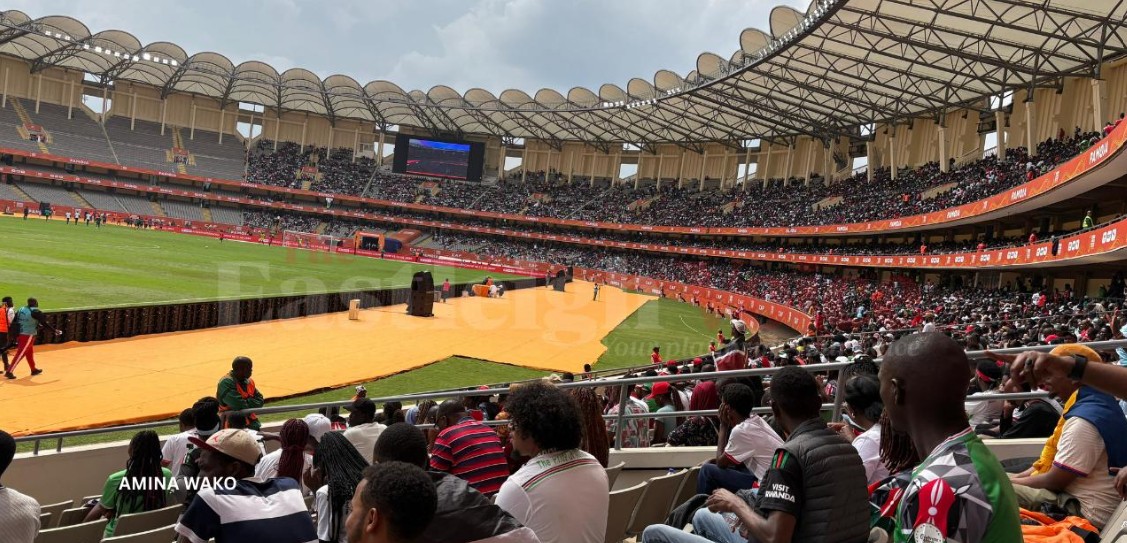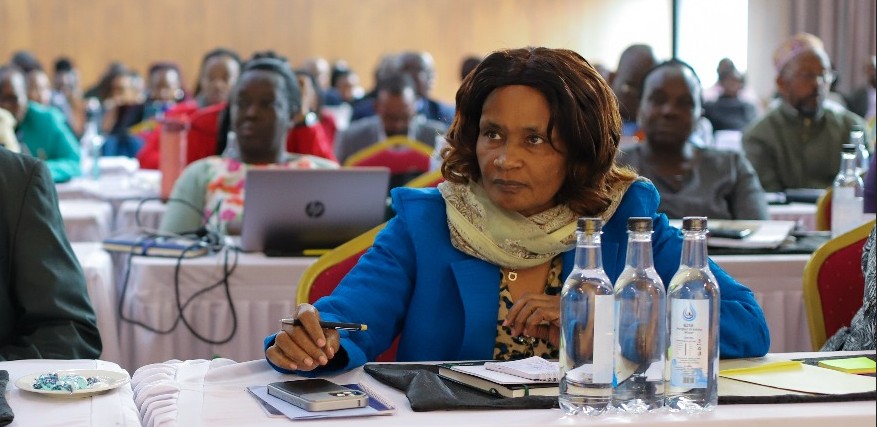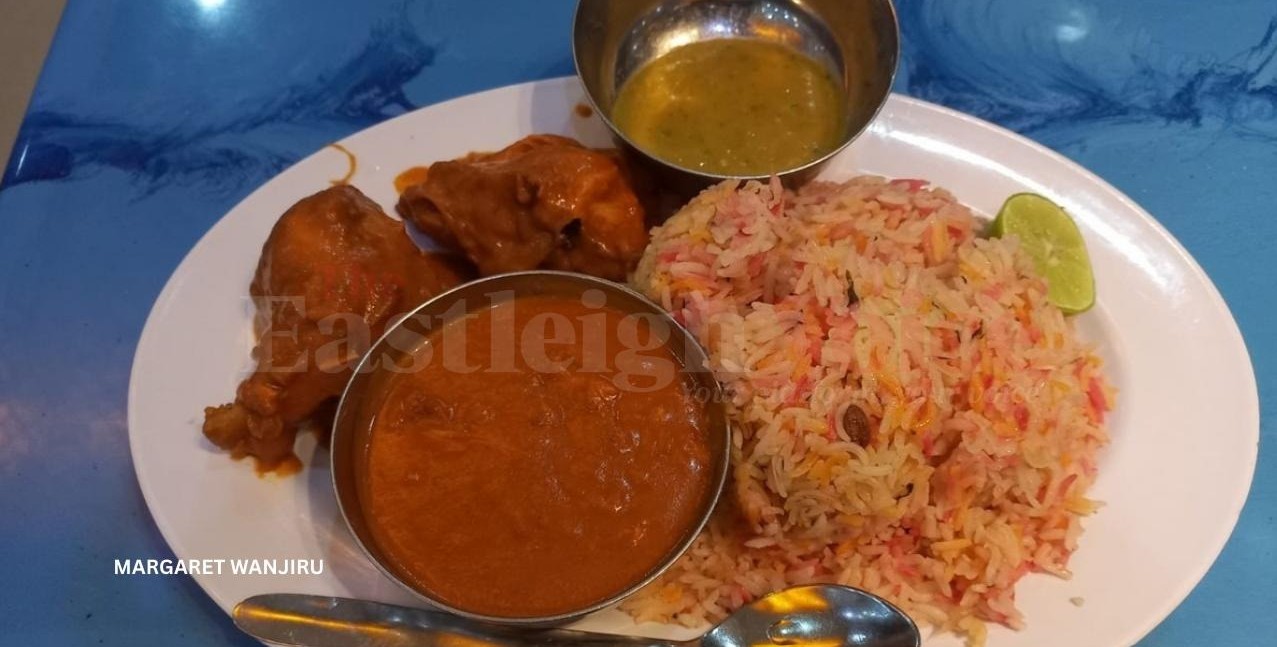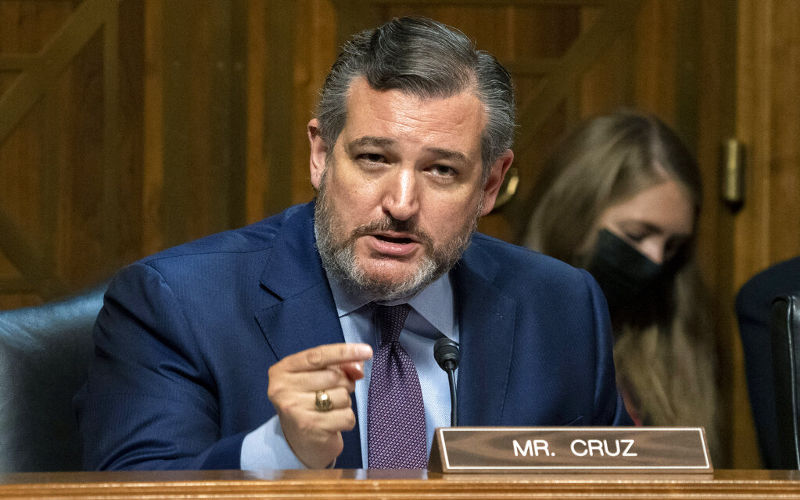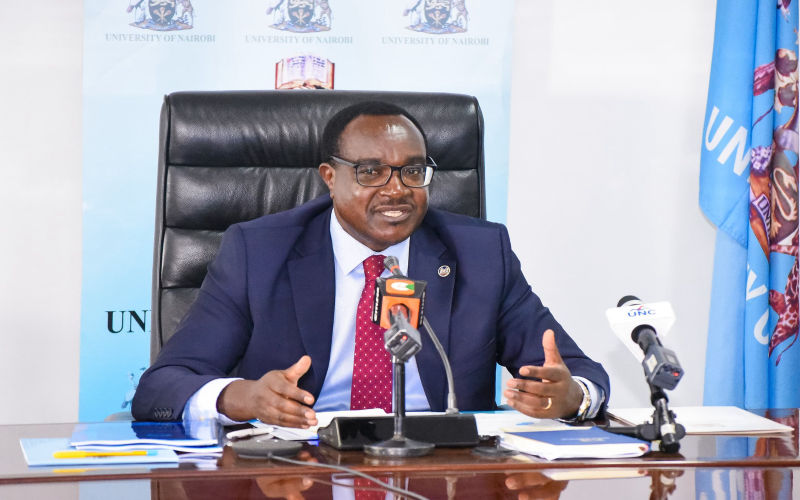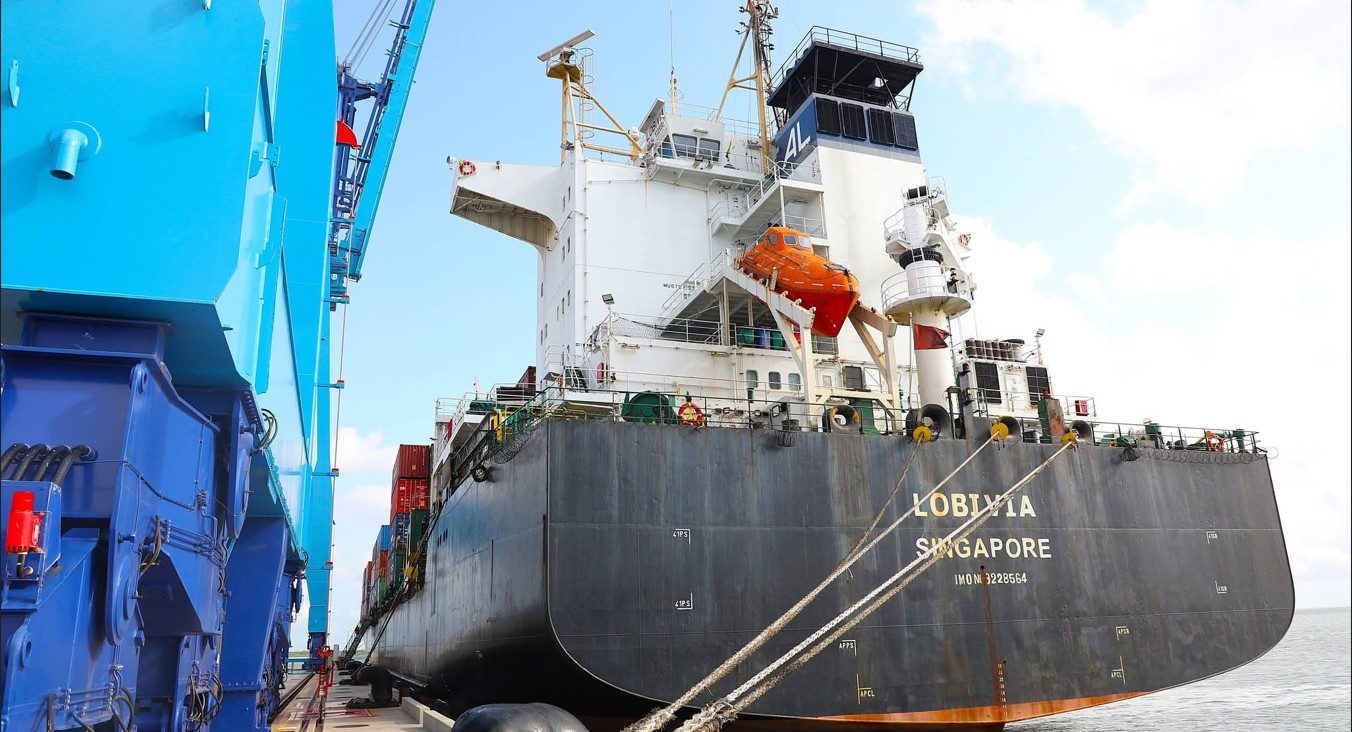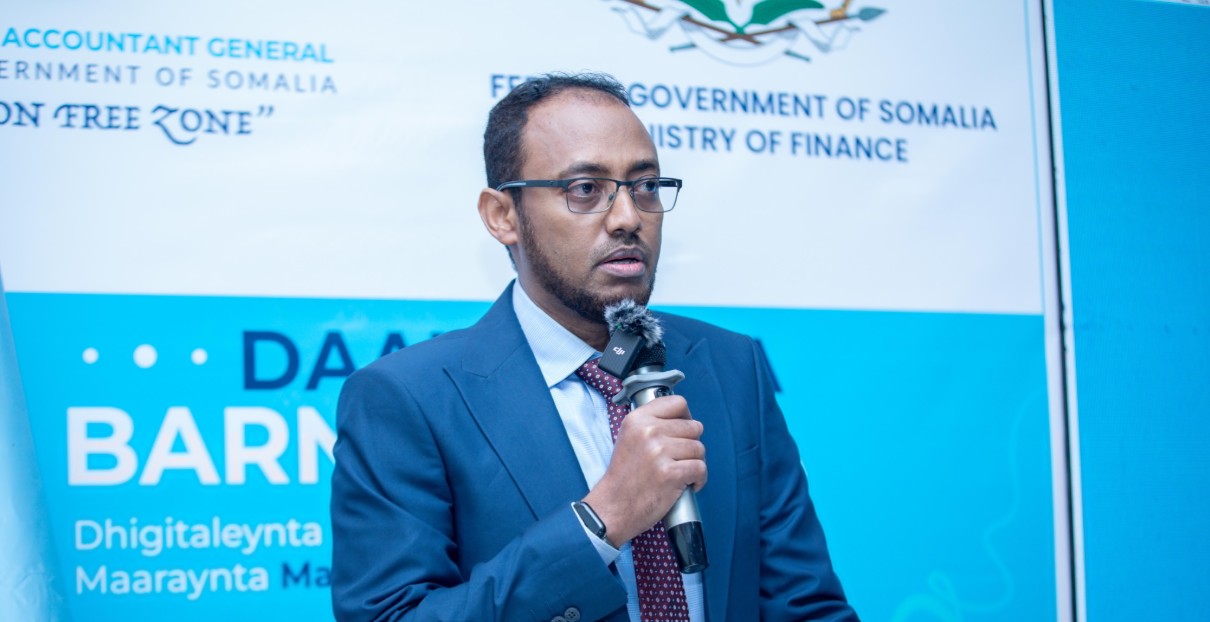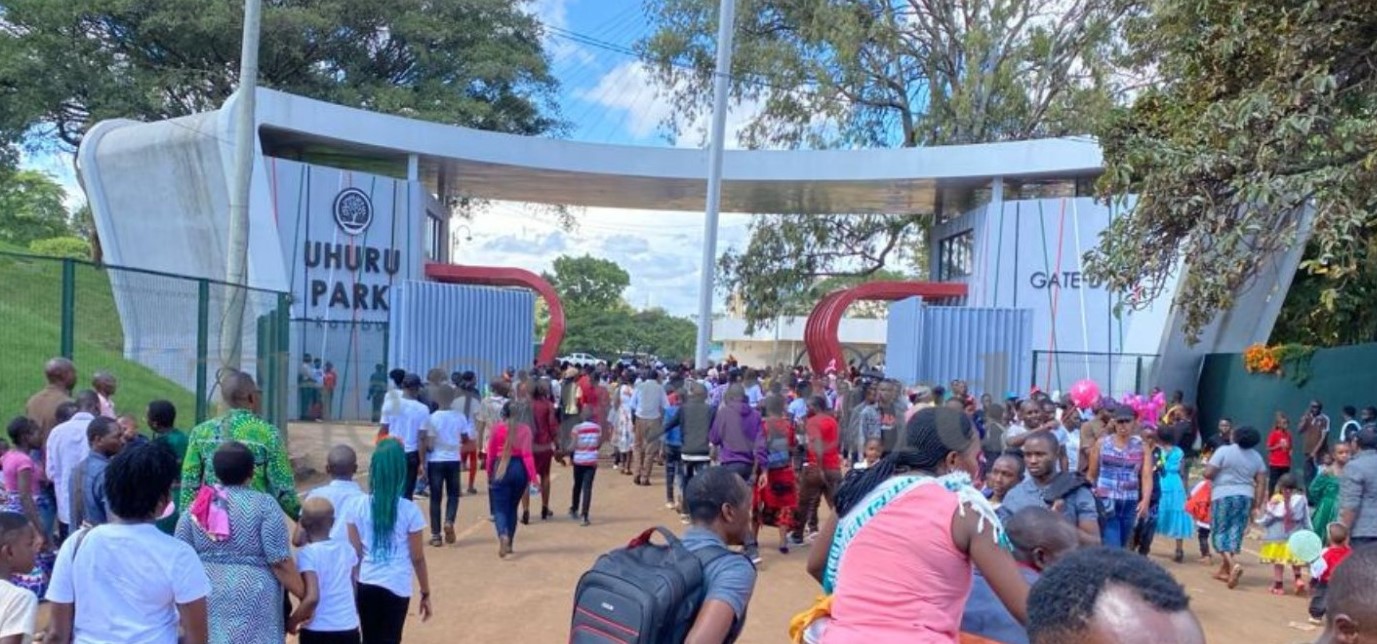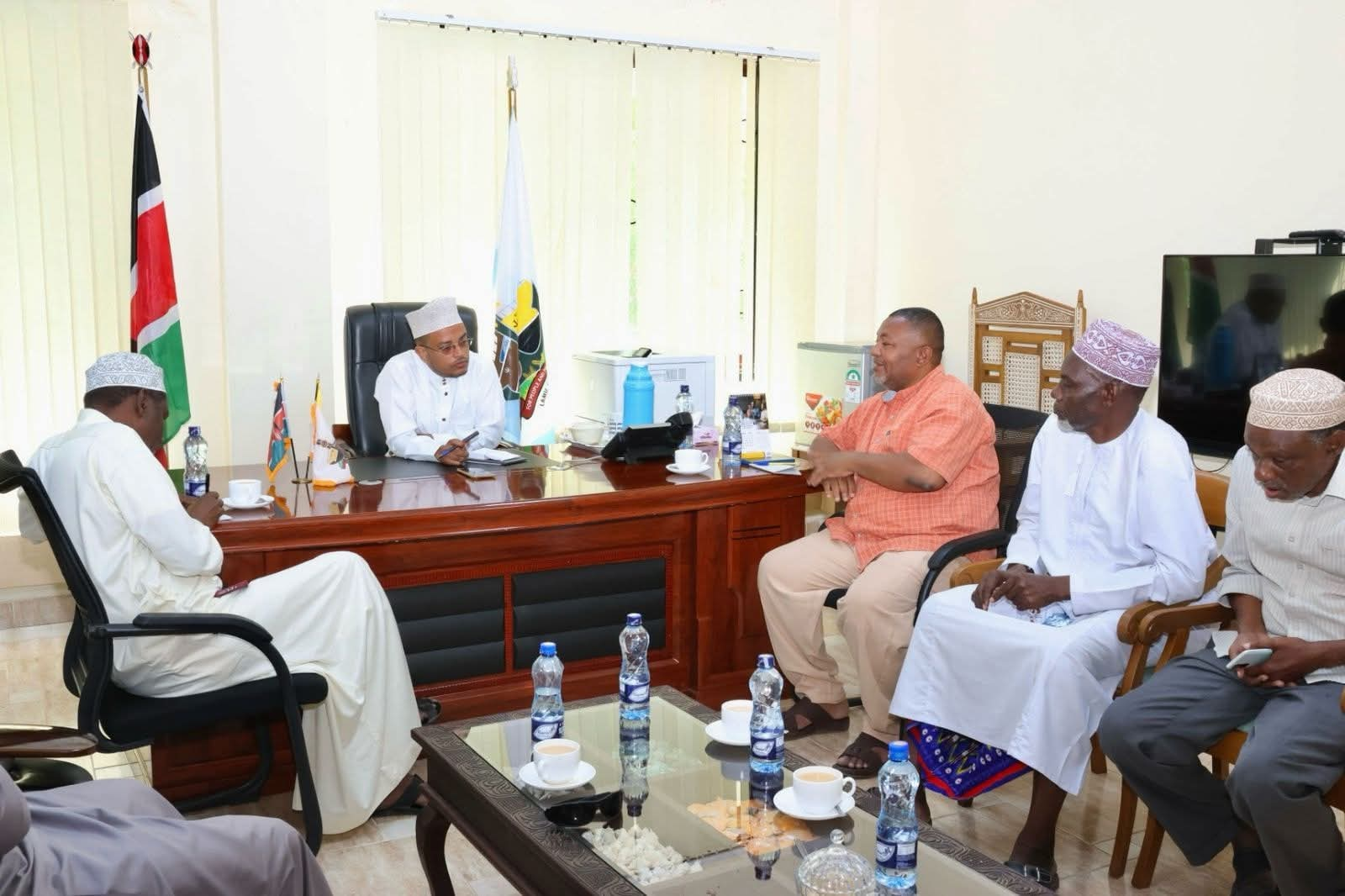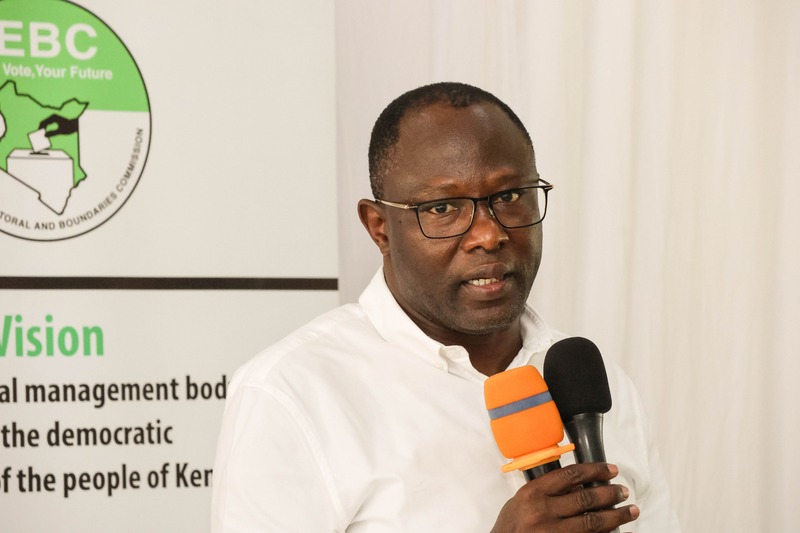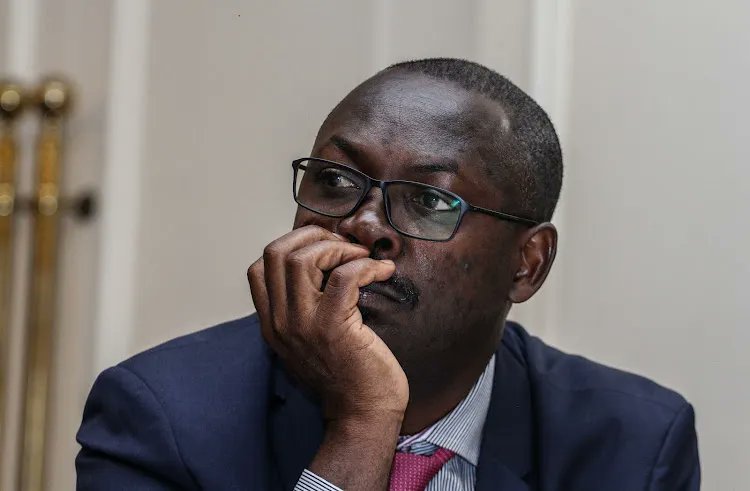Over 600 million Africans still need treatment for neglected tropical diseases, WHO warns
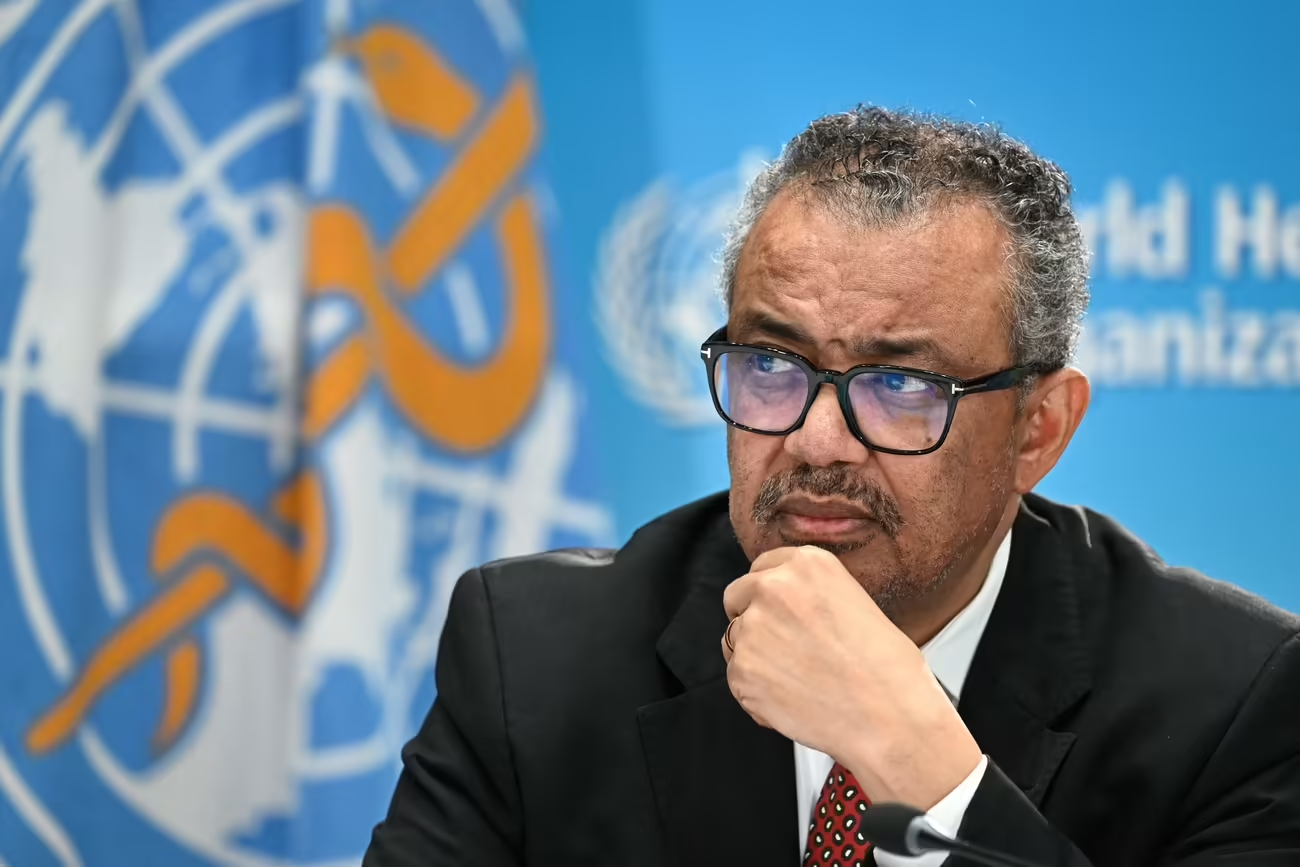
In 2020, all WHO Member States endorsed the Road Map for Neglected Tropical Diseases 2021–2030, which set a global target of freeing 100 countries from at least one NTD by 2030. With less than five years remaining, 57 countries have successfully eliminated at least one disease, including Burundi and Senegal. Senegal was declared free of trachoma by WHO in July 2025.
Over 600 million people in Africa remain in need of treatment for neglected tropical diseases (NTDs), despite major progress in reducing their spread.
According to the World Health Organisation (WHO), Africa carries 39 per cent of the global burden of NTDs, warning that urgent action and stronger collaboration are needed to meet the 2030 elimination goals.
More To Read
- Kenya officially eliminates sleeping sickness as public health threat, WHO confirms
- Africa’s push for HIV independence advances with first procurement of locally made medicines
- How fake medication is a problem across the world
- Mombasa leads Kenya’s mpox outbreak as MoH, WHO step up response
- Calls for safety awareness as world marks Drowning Prevention Day
- Vegetable intake low in Kenya amid growing health concerns
“Ending NTDs for good requires strong collaboration and urgent action. We must act now,” the WHO said.
In 2020, all WHO Member States endorsed the Road Map for Neglected Tropical Diseases 2021–2030, which set a global target of freeing 100 countries from at least one NTD by 2030. With less than five years remaining, 57 countries have successfully eliminated at least one disease, including Burundi and Senegal. Senegal was declared free of trachoma by WHO in July 2025.
However, WHO warned in June that “this hard-earned progress is now under threat,” citing cuts in international funding for health, especially NTD programmes, which could slow or even reverse gains and affect the most vulnerable communities.
Neglected tropical diseases remain prevalent despite being preventable, treatable and potentially eliminable. As of May 2025, the WHO says 56 countries have eliminated at least one NTD, demonstrating progress toward WHO’s global target of 100 countries by 2030. Yet, dismantling official development assistance (ODA) for global health threatens to stall or reverse these gains.
“The recent withdrawal of funding by the United States from NTD projects jeopardises the success of 19 years of investment in the global effort to eliminate NTDs,” WHO said.
The organisation decried that the funding cut has delayed 47 campaigns that would have freed 143 million people from NTDs. It noted that missing these planned campaigns and impact surveys in 2025 is expected to postpone the achievement of targets in at least 10 additional countries. The abrupt reductions have also halted critical research to validate new treatments, diagnostics and surveillance platforms.
On April 10, 2025, WHO issued a warning that over 70 per cent of its surveyed country offices had reported health service disruptions, with NTD programmes “among the most severely affected.”
In some settings, the scale of disruptions is comparable to peak periods of the COVID-19 pandemic. Critical shortages in medicines and health products have left one third of responding countries without essential commodities, while over half have reported job losses among health and care workers.
Further, WHO said if alternative delivery mechanisms are not urgently secured, suspensions and reductions in ODA could lead to the expiration of over 55 million NTD tablets in Africa alone by the end of 2025. In response, countries are exploring local opportunities to sustain treatment activities, including integrating campaigns within broader health initiatives and mobilising national resources to protect public health, prevent medicine wastage and maintain progress.
Over the past two decades, the United States, through USAID, supported delivery of 3.3 billion treatments to more than 1.7 billion people in 26 countries, targeting lymphatic filariasis, onchocerciasis, schistosomiasis, soil-transmitted helminthiases and trachoma.
WHO noted that this $1.4 billion investment significantly advanced public health outcomes and enabled 14 countries, including Bangladesh, Benin, Cambodia, Colombia, Ecuador, Ghana, Guatemala, Lao People’s Democratic Republic, Mali, Mexico, Nepal, Niger, Togo and Viet Nam, to eliminate at least one NTD.
Despite challenges, NTD programmes continue achieving remarkable results. In 2023 alone, more than 860 million people received treatment, and between January 2023 and May 2025, 17 countries were officially acknowledged by WHO for eliminating one NTD. The halt in drug distribution and layoffs of frontline health workers now threaten to reverse these achievements.
During the Seventy-eighth World Health Assembly, NTDs were highlighted, with Member States unanimously adopting two resolutions on the eradication of Guinea-worm disease and on skin diseases.
WHO stressed that “at this critical juncture, it is imperative to build on renewed consensus and strengthen the global commitment to eliminating NTDs,” urging nationally owned, sustainable programmes complemented by catalytic external support.
“Together, we must work towards the complete elimination of NTDs and release communities from the heavy burden of suffering these diseases cause,” WHO said.
Top Stories Today
